
As my wife and I prepared for our first ascent of Pikes Peak, I regaled her with a tale of what I witnessed upon my first ascent with my buddies as a teen. We had just reached the top and were walking around the summit parking area, when we saw a sedan with Kansas plates pull into one of the remaining parking places. A heavy-set woman quickly exited the car and strode briskly toward the nearest overlook to gaze out on the prairie 8,000 feet below. As she neared the edge she said, “Oh, my! Isn’t it mag – nif – – – i – – – – – cen . . . . .” her voice trailing off as she collapsed, face-first, onto the unforgiving granite. We thought she had tripped on a rock, but no, she had merely succumbed to the altitude with her sudden burst of activity.
My wife was convinced I was making the whole thing up . . . or at least exaggerating greatly. Fast-forward two and a half decades to our climb on a perfect, sunny, 80-degree day in August. Over the course of the 12 miles of the Barr Trail ascending 7,000+ vertical feet, we encountered blazing sun, rain, sleet, hail, snow, and wicked lightning. Once on top, we took refuge in the gift shop/restaurant.
As we plotted our plan for the trip back down, we noticed a woman seated at one of the tables looking rather glazed. Her shoulders then sagged forward and her head promptly dropped face-first into her sourdough breadbowl of chili. Within seconds, a couple paramedics appeared, seemingly out of nowhere, carefully lifted her face from her steaming breadbowl, gently but quickly cleared the chili from her face, and placed an oxygen mask over her nose and tended to her until she regained an adequate level of competence. She still did not look like she was enjoying her visit to “America’s Mountain.”

I . . . Can’t . . . Breathe . . .
The thin air is what most people think of when approaching high altitude, and this may indeed pose problems. If merely stepping out of an automobile or eating a bowl of chili can lead to serious problems, imagine what trying to pedal up 3,000 vertical feet at a 10% grade can do!
Lack of oxygen can lead to Acute Mountain Sickness (AME) or even High Altitude Pulmonary Edema (HAPE). AME is characterized by fatigue, headache, and dizziness. It is generally limited to those symptoms, and tends to abate with acclimatization. If you’re feeling poorly, chances are you won’t get worse. However, HAPE, which includes fluid buildup in the lungs, can be life-threatening and requires immediate removal to lower elevation. When in doubt, go down. It’s amazing what dropping a thousand verts will do for your ability . . . and your disposition.
Time to do less with less
Even without AME or HAPE, you’re going to have to accept significantly decreased capability when mountain biking at high altitude. You will fatigue more quickly. Your fatigue will be deeper.
You should approach a strenuous, high-altitude ride with the acceptance that you will need to take more frequent and longer breaks. Fortunately, the scenery up there is fantastic. Take the time to revel in the wonder of the place you are in. Only experienced, acclimated high-altitude riders should push themselves to the point of exhaustion when the air gets thin.
How can I prepare?
Fitness helps, but there isn’t a strong correlation between fitness and altitude-induced ailment. Some very fit athletes find themselves having significant trouble at altitude, while some moderately fit people feel no ill effects at all. Knowing your body and how it reacts to stress is equally important.
Eat, Drink, Sleep . . . Ride!
Proper fluid and fuel intake is even more essential at altitude. All those vitamins your body needs to function correctly are even more important at altitude—the thin air will exploit any weakness in your physical makeup.
As important as nutrition is, hydration is even more so. Altitude dehydrates you much faster, so a constant intake of water is essential. Conversely, the negative effects of alcohol are magnified at altitude, so moderation there is important—save the Fat Tire for after the ride.
Proper rest is also essential. Lack of sleep will exacerbate altitude-induced fatigue.
Baby Steps
Acclimatization is important. Everyone acclimatizes at different rates, so don’t assume you do it the quickest, even if you’re the strongest rider in your group. Take enough time to work your way up to the highest rides. If you’re coming from Florida to Colorado to ride the Monarch Crest, don’t head there the moment you get off the plane. Spend day one on a nice front range ride at about 6,000 feet. Day two, hit an intermediate ride at 8-10,000 feet. Maybe take a recovery day off at that altitude before going for the mac daddy of high altitude rides. Again, you need to listen to your body and tailor your plan to your unique ability and tolerance, but heading straight from sea level to tree line is a recipe for a rough day.

Dig That Crazy Weather
In my life, I’ve lived in 12 states from coast to coast and Canada to Mexico. Everywhere I’ve lived, I hear the cliché “If you don’t like the weather in (insert your location here), just wait 10 minutes and it’ll change.” However, that little adage has only proved to be true in the Rocky Mountain states and, more specifically, the mountainous portions of those states. Most other places, the weather is actually quite predictable and stable.

High mountains create their own weather. As I noted earlier, within the span of 10 miles (much less as a crow flies), we encountered every possible weather condition on our journey up Pikes Peak. The Boy Scout motto is never more appropriate than when approaching high altitude. When the air is dry, you can expect a temperature drop of just over 5 degrees (F) for each 1,000 feet of elevation change. But wait–there’s more: once you get above treeline, you’re fully exposed, so that serenity you enjoyed in the trees may suddenly morph into gale-force winds.
An excursion through a great altitude differential requires carrying enough layers for a wide variety of weather changes. Sometimes, even going down in elevation will not relieve you of the need for proper layering. On my last Monarch Crest ride (in mid-August), I was riding above treeline through a breezy chill with a steady but not-too-heavy snowfall. I figured all would be well once I dropped a couple thousand feet. But, as I did, the moderate snow turned into a heavy rain. I was far colder in the bone-chilling rain than I was in the much lighter, drier snow. A waterproof jacked would have been most welcome.

There’s Always Leftovers
Just because it’s not snowing, hasn’t snowed in a while, and there’s none in the forecast, doesn’t mean snow won’t be an issue. In addition to tough spots in Colorado, I have been either turned back by, or had difficult and potentially dangerous traverses of, large snowfields during the summer months in Wyoming (Sheep Lake in July), Utah (Northern Skyline in June), and Montana (Lost Cabin Lake in August). Before planning a high-altitude excursion, you should check local conditions, especially if the summer was preceded by a high-snowfall winter.
Don’t Get Burned!
One other thing the thin air doesn’t do well—filter ultraviolet rays. The worst sunburns I’ve ever seen have been on people who have failed to take precautions and got torched at high altitude. Many are easily deceived by the weather. Just because it’s cool, they think they can’t get a bad burn, but there’s little correlation between the temperature at altitude and the potential for burning. Sunscreen is your best friend if you’re going to be riding at altitude, especially above tree line.

Shocking . . . Positively Shocking!
Beyond hypothermia, your biggest threat at high altitude, specifically above tree line, will be lightning. Afternoon lightning is a daily occurrence above tree line, regardless of the weather in the surrounding valleys. A study of lightning casualties in Colorado by hour of the day shows a surge beginning at noon and subsiding after 6pm. These lightning storms arrive without warning, regardless of larger weather patterns in the area. If you’re planning an excursion above treeline, it’s best to start early and make your way back into the trees by noon.
On the previously mentioned Pikes Peak climb, we started early, but so did the lightning. When the lightning started, we were 1,500 feet above treeline and 1,500 feet below the summit. We bolted for the summit, knowing it would take scarcely longer than reaching tree line and that we could go indoors once up top. We planned on going down once the lightning abated. It didn’t . . . it went on for hour after hour. Finally, we bought tickets for the cog railway and took the tourist train down. Anyplace else, you won’t have that option.
Don’t Be Afraid
So, you’ve just read 1,500 words about how dangerous high-altitude riding is. While there’s no way to eliminate all these risks, they can be mitigated. Of course, if we were interested in risk-free activities, we probably wouldn’t be mountain biking in the first place! The question is one of the risk/reward tradeoff, and for some, the mental, physical, emotional, and spiritual rewards from a great high-altitude ride are beyond calculation. There is no better way to experience the most dramatic geography and scenery this planet has to offer than on a bike.
However, one must possess the wisdom to know when to turn back to live to ride another day. But when conditions warrant, the right knowledge and preparation can lead to the experience of a lifetime!
Your Turn: Please share your most interesting high-altitude mountain biking adventure with us in the comments below!


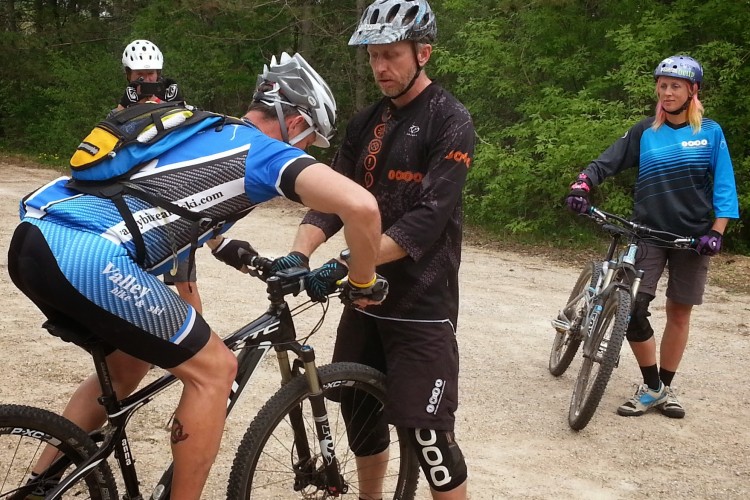

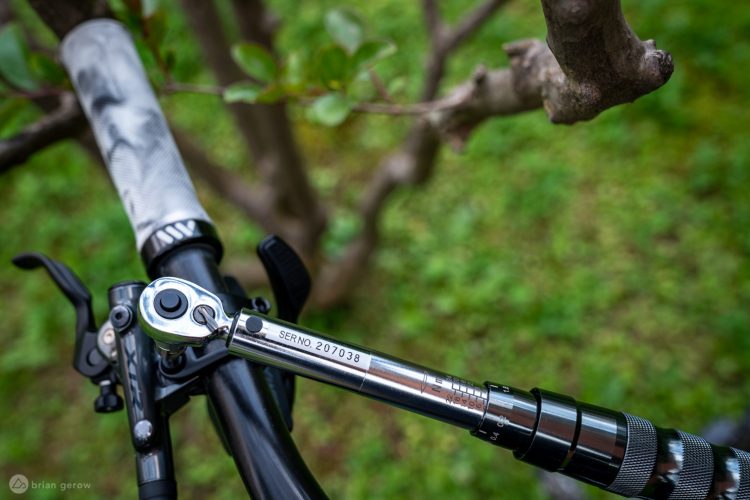
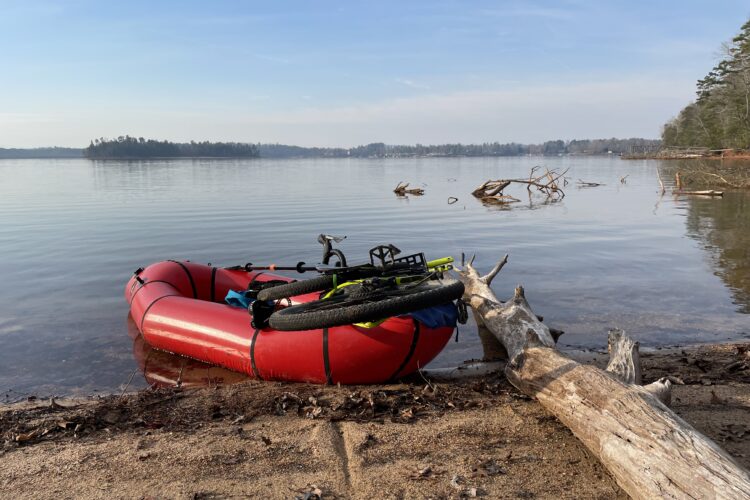
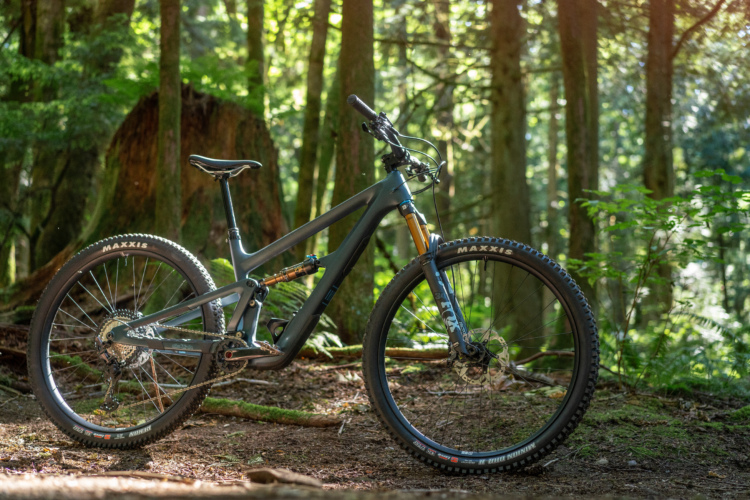
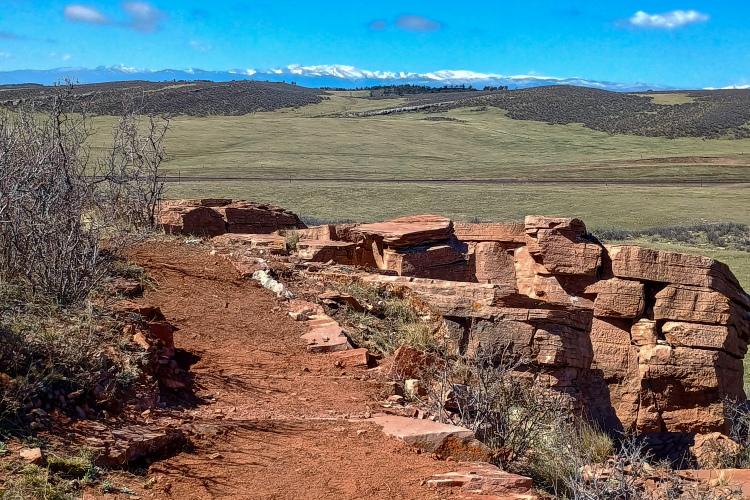

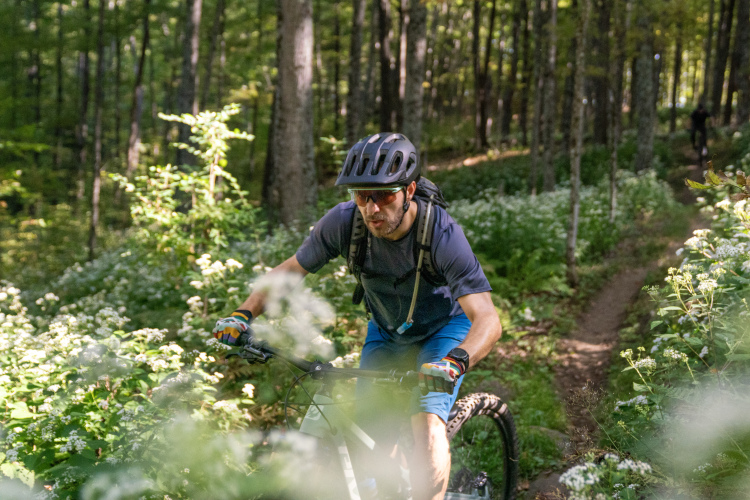

13 Comments
Jun 18, 2013
You touched on a lot of key points in this article and it was well done. Though there is limited evidenced based medicine to support the use of Diamox in everyone, if you are prone to AMS you should talk to you doctor about prophylactic acetalezolemide. Just remember it's a diuretic (water pill) and you will have to work harder to stay hydrated. And, because it's a carbonic anhydrase inhibitor, it will change the taste of carbonated beverages, so that post-ride Fat Tire won't taste just right.
One more anecdote that I think is helpful: I strongly recommend a lightweight, portable way to purify water like a SteriPen and/or chlorine tablets. WHEN you run out of water on longer rides like the MCT (34 miles), even if you take 150oz, it is nice to stop in a valley stream and refill to prevent the nasty consequences of dehydration: fatigue, confusion, and slowed cognition that not only makes you miserable, but sets you up to crash even on easier trail features.
Jun 18, 2013
Jun 18, 2013
Jun 19, 2013
Cheers
Barry
Jun 18, 2013
Jun 14, 2015
We are from the east coast and ride barely above sea level most days with trips to the mountains getting us into the 3k range. The highest I had ever ridden my bike before this trip was 4,000 feet.
This first day was very tough for me. Up near the 12k point I could barely push my bike up hill let alone ride it.
I drank all of my water and was completely spent by the time we reached our end point for the day -- only about 20 miles from where we started.
I did have some altitude medicine prescribed by my doctor. Not sure how much it helped because I have nothing to compare it to, but I took it every day. Compared to what we are used to riding, we were at high elevation all week and hit 10k and 11k a couple times during the week. None beat me up as bad as that first day.
Altitude is no joke, but as the author states it was worth it to experience such wonderful trails and terrain.
Jun 18, 2013
On top of Acute Mountain Sickness (AMS) and High Altitude Pulmonary Edema (HAPE), there is also High Altitude Cerebral Edema (HACE) which is probably the worst of all them since it can kill you pretty quickly since it involves fluid on your brain.
HACE presents like a REALLY bad case of altitude sickness but comes with unsteadiness/lack of coordination, vomiting, altered mental status (usually drowsiness and often also unusual behavior), progressing to coma and then death. All this can happen in a few short hours. Altitude sickness usually looks and feels like a mild hangover while HACE presents more like alcohol poisoning.
AMS goes usually goes away with time and acclimation. HACE and HAPE only go away by descending or getting the victim into a higher concentration of oxygen.
Jun 18, 2013
Jun 22, 2013
Even though I am fully acclimated to high elevation living and riding, Jeff and Greg still kicked my butt when they came out last summer ... I guess slow is slow at any elevation. :D
Jun 18, 2013
I moved away in 2004 and have visited often and discovered the altitude doesn't affect me like it used it. I typically feel great the first day, a little tired and winded on days 2 and 3, and from then on I feel as fast or even faster than at home (less wind resistance, wink wink).
Clearly there are very real (and dangerous) physical effects from altitude but I wonder how much of it is mental too?
Jun 18, 2013
I've been presented both schools of thought on trips to altitude: go early and acclimate or go at the last minute so as not to get worn down. All the more recent research indicates that every day of additional acclimitization helps and that respiratory function increases day by day.
Another anecdote as to the randomness of this. My wife, who kicked my but going up Pikes Peak (and Mt Elbert, highest peak in CO), once got a nasty case of AMS after an hour of skiing at Monarch (11-12K) ft. No idea why it hit at that time.
Jun 18, 2013
Jun 18, 2013
However, I have been fortunate enough to have never suffered any real ill effects from altitude. The worst I've ever felt was a shortness of breath when riding at over 11,000 feet. Other than that, I've not had to deal with any of the effects such as nausea, etc. Knock on wood!